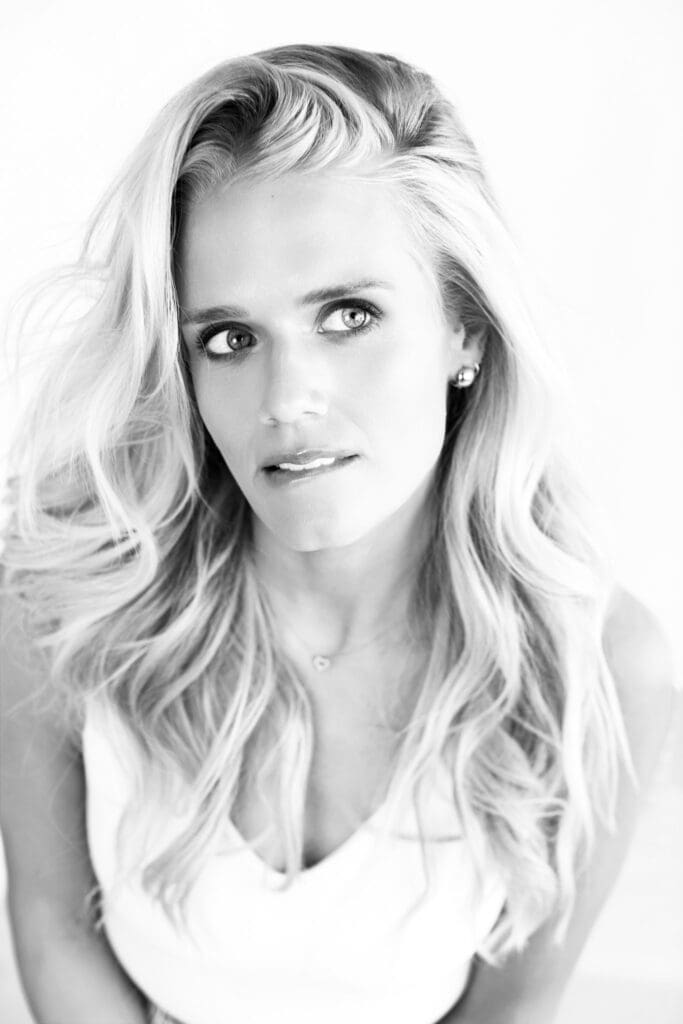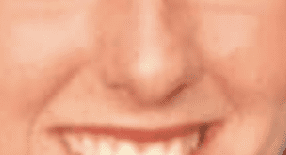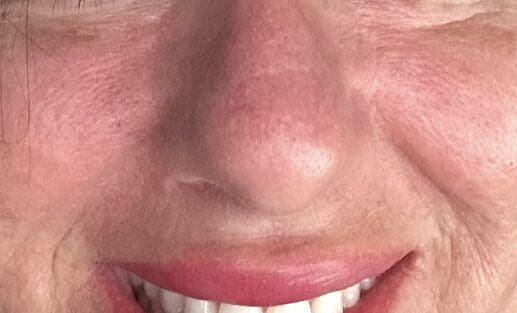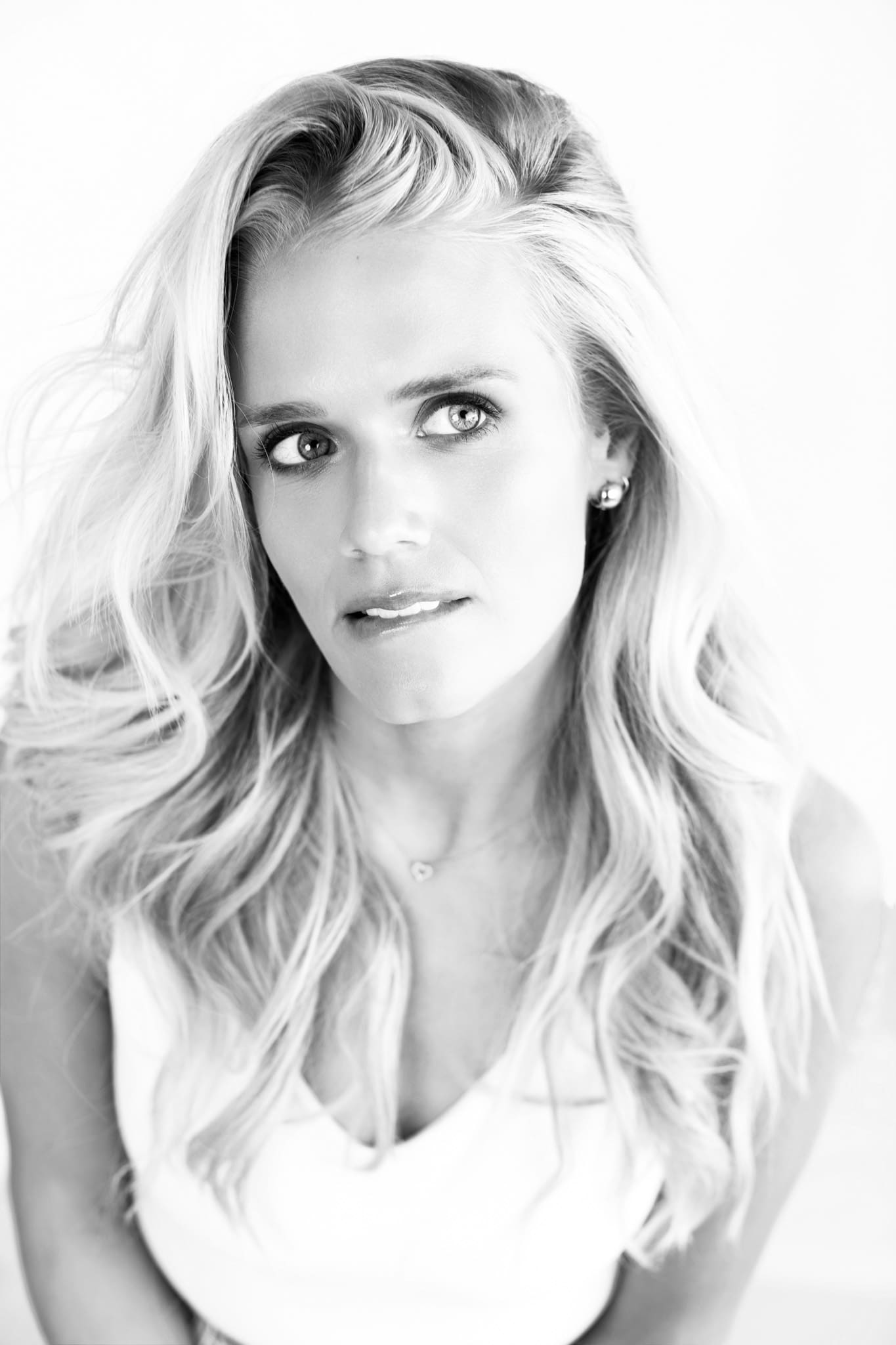
Some questions are hard to ask- even in a consultation room. That’s why we’re breaking down the most common aesthetic concerns women face as they age.
They linger in your head, usually around 11:47pm, somewhere between “maybe I need more sleep” and “has my face…changed?” You might screenshot a TikTok or zoom in on a photo, wondering if anyone else is feeling what you’re feeling. Spoiler: they are- and most have the same set of questions. So, lets talk about it!
Let’s put all the questions out on the table. No shame. No judgement. Just real answers to common aesthetic concerns from someone who understands the science (and emotion) behind the mirror check.
Top 6 Common Aesthetic Concerns…that are rarely talked about
“Why does my face feel like it’s falling?”
High school jawline, we miss you.
What you’re likely noticing is the slow shift that begins in your late 20s and early 30s:
- Collagen and elastin decline, making skin less firm
- Fat pads in the mid-face start to shrink and descend
- Bone loss in areas like the jaw, temples, and eye sockets causes a loss of structure
This combination can leave the face looking less defined, more “tired,” and slightly deflated.
What helps:
- At home: Use a retinol or peptide based product consistently to support skin firmness and collagen production. Facial massage with gua sha or contouring tool can help temporarily de-puff.
- In clinic: Strategic filler in the mid-dace or jawline can replace lost volume and structure. Morpheus8 helps tighten and firm skin over time by stimulating collagen.
“Why is my butt melting into my thighs?”
Yes, we’re really going there.
The truth is your backside ages too. This is a very common aesthetic concern for women that rarely gets talked about. Over time, your body produces less collagen, your glutes lose volume, and skin becomes thinner and looser. Add in less time in heels, more time sitting, and changing hormone levels- and you’re left with a look that feels more melty than perky. It’s that “where did it go?” feeling when your butt seems to just blend into your thighs without a clear border.
Let’s also talk about “Ozempic butt.” A very real (and heavily talked about) side effect of GLP-1s. If you’ve recently taken GLP-1 medications like Ozempic, Mounjaro, or Wegovy, you may be noticing this shift even faster. Rapid weight loss- especially without enough protein or strength training- can lead to significant fat and muscle loss, particularly in the glutes and thighs. This results in a deflated or sagging appearance known online as “Ozempic butt.” While weight loss may be the goal, it often comes at the cost of supportive tissue, which can age your body’s appearance more rapidly than expected.
What helps:
- At home: Strength training focused on glutes (hip thrusts, bridges, lunges) is your best friend. Pair that with a high protein diet to rebuild muscle. Topical creams with caffeine or retinol may offer temporary firmness, but consistency is key.
- In clinic: Hyperdilute Radiesse is a non surgical collagen stimulator often called a “liquid BBL.” It gradually firms and thickens the skin for a lifted, smoother appearance- especially in areas impacted by weight loss or aging. Morpheus8 can be used on the buttocks and thighs to tighten skin, improve texture, and boost collagen- creating a potential subtle lift. These two treatments can be done in combination, working synergistically to lift and smooth without adding bulk or looking unnatural like a surgical BBL.
“Why does my nose look different in photos?”
You’re not hallucinating. As we age, the nose can change in subtle but noticeable ways- and the most common one we hear about? The tip starts to look rounder or heavier than it used to.
Here’s what’s actually happening:
- Cartilage weakens and shifts, especially at the nasal tip
- Loss of collagen and elastin means less structural support for the surrounding skin
- Gravity + sagging soft tissue can pull the nasal tip downward, creating a drooping effect
- Sebaceous (oil) glands- particularly at the tip- can enlarge with age, giving the appearance of a wider, more bulbous nose.
- Bone loss in the maxilla can also affect the angle and projection of the nose, making subtle shape changes more noticeable.
Below are pictures that represent that progression. First picture at 17 years old, second picture 50 years old. You can see the subtle widening of the nose.


So, if your nose looks wider, more hooked, or more bulbous in selfies…it’s not bad lighting. It is a normal, anatomical shift.
What helps:
- At home: There’s no true way to reverse nose shape changes without intervention, but maintaining overall skin health with retinoids, collagen support (via nutrition), and daily sunscreen can slow visible changes. And, if that’s not enough, there is always a 16 year old kid on YouTube willing to show us all how to contour our noses.
- In clinic: A small amount of Botox in the depressor septi nasi muscle (under the nose) can lift a drooping tip slightly. Strategic filler at the base or bridge can rebalance shadows and subtly straighten or refine shape- often called a “liquid rhinoplasty.” Morpheus8 can help tighten nasal skin minimize sebaceous gland overgrowth, and reduce surface-level bulbosity for a more refined appearance- especially if aging has made the tip look heavier or more rounded. For significant concerns, we’ll always be honest about whether surgical referral is the better option.
“Is it normal to sweat this much?”
If your armpits feel like a slip n slide by 10am or you’re suddenly sweating in places you never used to- yes, it can be age related. And it is one of those common aesthetic concerns nobody talks about until they’re living it.
Here’s how sweating changes with age:
- In your 30s and 40s, you may notice increased sweating, especially under stress or during hormonal shifts like postpartum or perimenopause. This is often due to fluctuations in estrogen and progesterone levels, which can overstimulate the sweat glands
- During perimenopause and menopause, many women experience hot flashes and night sweats, even if they were never heavy sweaters before.
- Conversely, as we move further into aging (post menopause or beyond 60), overall sweat production can actually decline- but often unevenly. That means you might sweat less overall, but still struggle with overactive zones like the underarms, hands, or groin.
So, yes, random or excessive seating can absolutely pop up as part of your aging journey. Let’s normalize addressing it.
What helps:
- At home: Look for clinical strength antiperspirants, wear breathable natural fabrics, and manage triggers like caffeine and alcohol. Supplements like magnesium and sage extract may help some women.
- In clinic: Botox for hyperhydrosis is FDA approved and can be life changing. It works by blocking the nerve signals that activate sweat glands- and yes, it is safe and effective in the underarms, palms, feet, and even bikini area. Treatments last around 4-6 months and can dramatically improve quality of life (no more back up shirts in your bag).
“Are my lips getting smaller?”
Yes. You’re not imagining it.
Lips lose volume, definition, color, and hydration with age. You might also notice lipstick bleeding where it never used to thanks to fine lines forming around the mouth.
What helps:
- At home: Look for lip balms with peptides or hyaluronic acid to hydrate and plump naturally. Use an SPF lip product to prevent sun damage that accelerates volume loss.
- In clinic: A lip flip (Botox) subtly enhances shape without adding volume. Filler is always a great to add volume. But, if you’re not ready for that, a microdose of filler can restore youthful structure without changing your natural look.
“Why do I look tired even when I’m not?”
This is one of the most common aesthetic concerns, and it is rarely about sleep. Feeling rested but looking exhausted is often due to subtle anatomical and hormone changes that affect how light and shadow move across your face.
It is usually a combo of:
- Under eye hollowing: As we age, fat pads under the eyes shrink and shift downward, exposing the tear trough and creating that classic, dark, sunken look.
- Mid face volume loss: Loss of fat and bone support in the cheeks can flatten the face, pulling everything downward and deepening the nasolabial folds.
- Skin texture and tone changes: Collagen and elastin production decline (starting in your mid 20s) leading to dullness, laxity, and fine lines that catch light in a way that reads as “tired.”
- Eyebrow decent: The brow can subtly drop due to muscle movement and skin laxity, making the eyes appear smaller and more shadowed.
- Hormonal shifts: Especially in your 40s and 50s, estrogen loss affects skin thickness, hydration, and circulation- all of which impact facial vitality.
In other words, it’s not your imagination and it’s not lack of sleep. You’re looking at structural shifts that are completely normal, just not widely talked about.
What helps:
- At home: use targeted skincare with retinoids, Vitamin C, and peptides to support skin structure and brightness. Lymphatic drainage via gentle massage or tools like gua sha may help temporarily reduce puffiness. Proper hydration, iron rich foods, and sleep hygiene still matter- but they can’t replace volume or skin support.
- In clinic: Strategic filler in the mid face can help offer support to the under eye area and lift shadowed areas without looking “done.” Morpheus8 improves skin tone, texture, and tightness by stimulating collagen and remodeling the dermis. Botox can be used to open up the eyes by gently lifting the brow area and softening frown lines that contribute to a tired expression. In some cases, a fractional CO2 laser can help refine under eye texture and increase skin firmness over time.
Still Not Sure What’s Normal?
Here’s the thing: “normal” is a spectrum. Faces change- and that change is rarely linear. Hormones, genetics, stress, lifestyle, sun exposure, sleep…they all play a role. It is why common aesthetic concerns show up differently for everyone- and why your approach should be just as personal.
At The Injectables Lounge, we’re not here to “fix” you. We’re here to make you feel heard, provide answers to your questions, explore your options (if you want them), and offer honest, medically sound recommendations.
You don’t have to spiral on Google or wonder in silence. You also don’t have to run in to anything. If you’re curious, confused, or just want to talk to someone who won’t try to sell you a package you don’t need- let’s chat.
